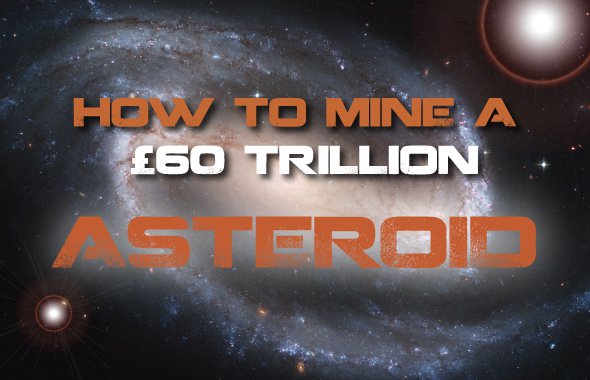
With our ever growing population and the constant increase in demand for energy and resources it is no wonder that scientists are always looking for ways to create and harness new energy sources. The earth that we live on has limited resources and the rate that we are consuming them is accelerating all the time as population increases and demand follows this increase.
For a long time now scientists have been exploring the possibilities of mining in space, that means mining the rocks and asteroids that are constantly orbiting the sun. It has been suggested by many experts in this field that the minerals and gasses that could be harvested would replace those that we have exhausted here.
Obviously there are many challenges to such an enterprise and the cost alone would be enormous. But consider the benefits. Asteroids are basically small planets and as such will be composed of many of the elements that we use on a daily basis, things like gold, nickel, uranium and water. There are at least three types of asteroid and they are classified by their composition, carbonaceous (type C) which will consist of mainly hard stony carbon rocks, silicatious (type S)which are brighter stony metallic rocks and metallic (type M) consisting of many useful and often very expensive metals.
Obviously the type of asteroid to mine will depend on the end product required and there is still a lot of research to be done into the categorising of asteroids and also their composition. This one factor is a defining element as it would be disastrous to try to mine the wrong type of asteroid with the wrong type of equipment. For instance the mining tools and knowledge for one type of asteroid would be very different to another and cost is obviously a huge concern.
Many scientists consider the carbonaceous or type C asteroid to be the best with regards to the components that could be extracted most easily. These asteroids contain water as they are carbon based, this means that the mining team could in essence be self sufficient whilst on the planet because they would have all the necessary components for their whole operation on hand. One down side of these types of asteroid is that because of their dark surface and carbon based composition they are hard to see in space. The upside however is that at least 75% of all asteroids are in the type C class.
The type S class of asteroid would be more useful for bringing metals back to Earth for use here as they are thought to contain high levels of platinum and other expensive metals. The sale of these could offset the huge costs of outer space mining.
Type M asteroids are believed to be made up of heavy metals and these would be needed to construct the equipment and space craft need for the mining enterprises. Many scientists believe that the grade of metals to be found is far better than those we have on earth and the quantity available could be enormous.
The new technologies and positioning of satellites to spot these asteroids is ongoing and no expense is being spared on improving robotics and engineering as the use of AI and remote controlled machines and implements will be fundamental to this mining work as many areas will be hazardous to humans. Improvements and new innovations in breathing equipment and ways to synthesize air and water will be necessary before the mining projects can commence at all.
Phill from Fuelfighter who was involved creating the infographic below said “It’s awe-inspiring to think what we’ll be able to do in the future with the development of new technologies. Whilst asteroid mining seems like such an incomprehensible idea, I’m all for ways we can acquire essential materials that doesn’t involve taking even more from our planet.”
Obviously cost is always a major factor in any new enterprise and the enormity of space exploration is mind boggling but there are several engineering companies already working on the technologies that will be needed to mine these asteroids and planets and the belief is that the first exploration and trial tests will become reality within the next 20 years or so.


Great content! Keep up the good work!